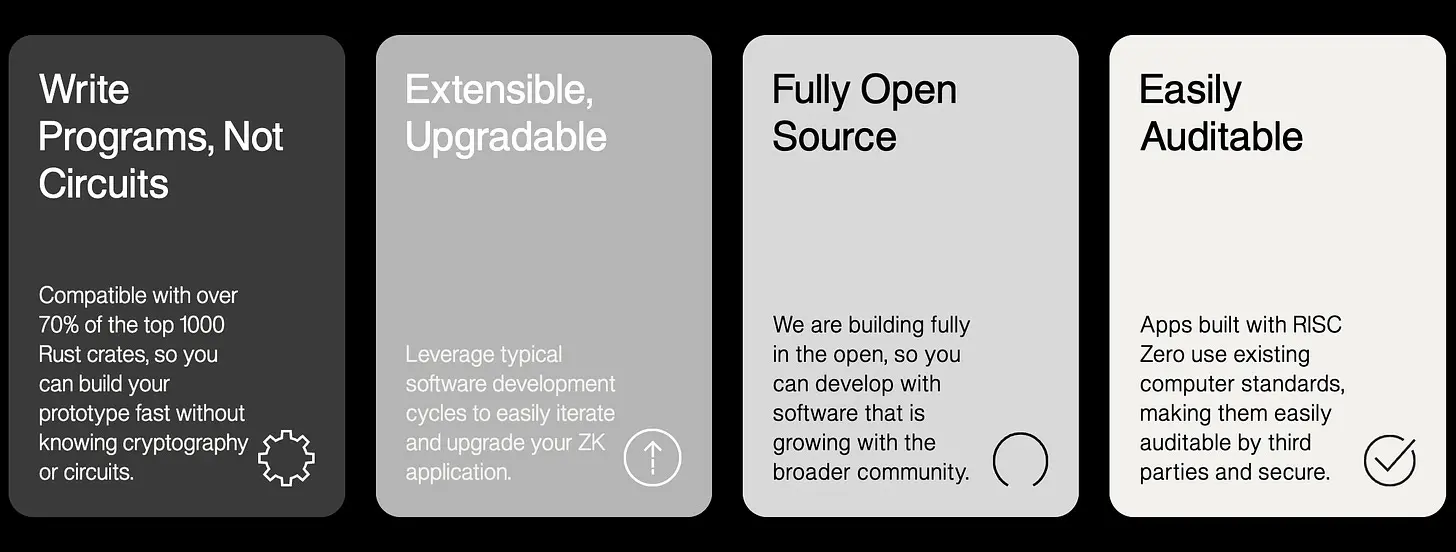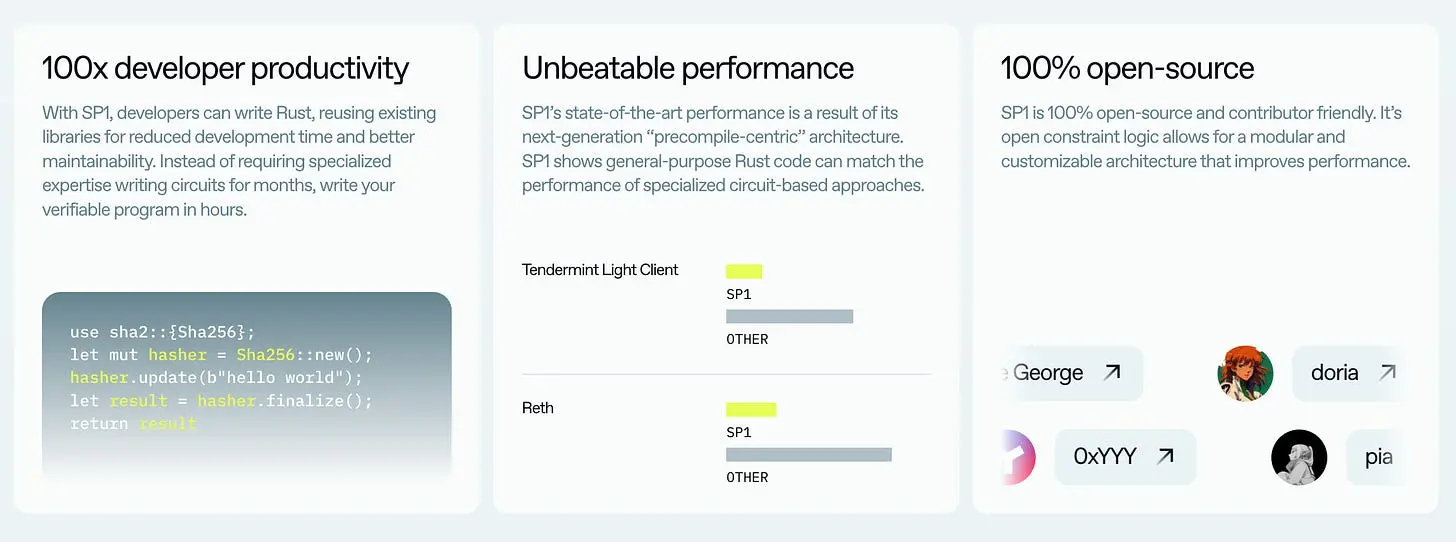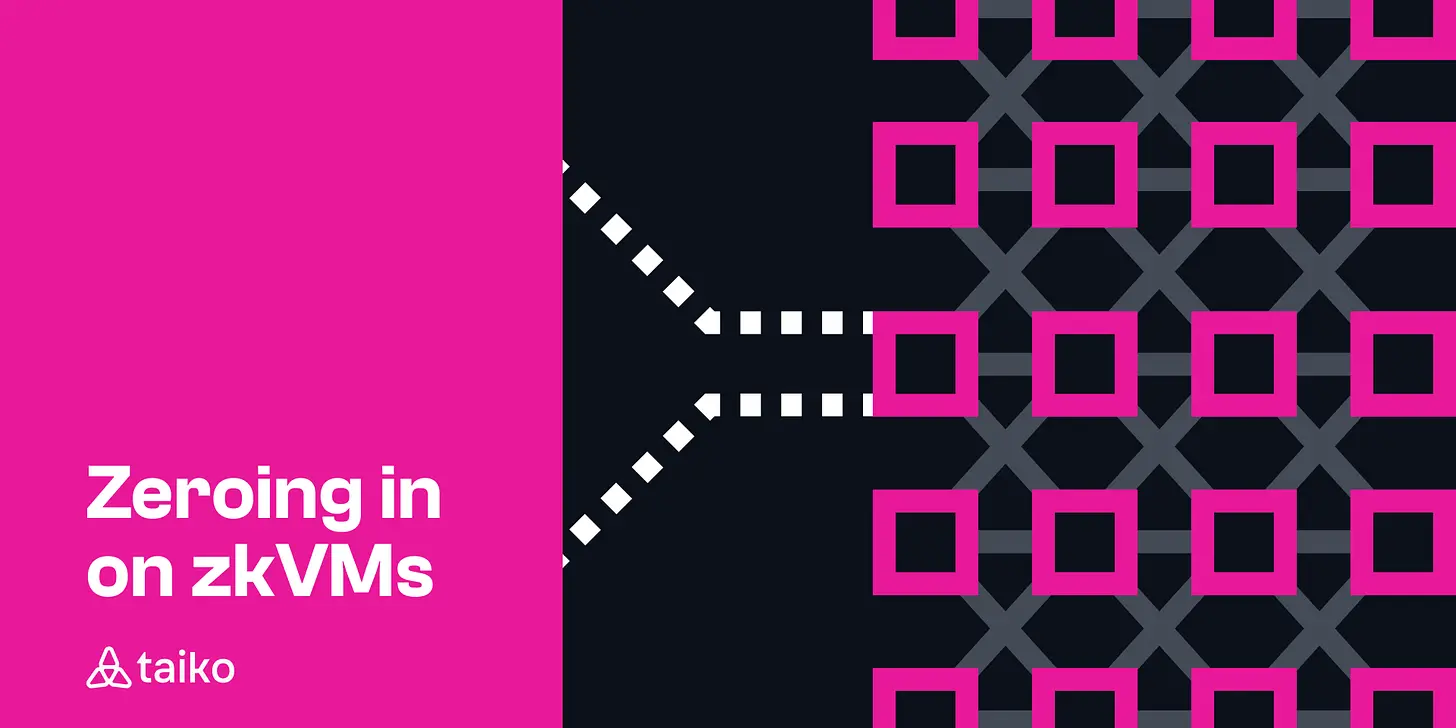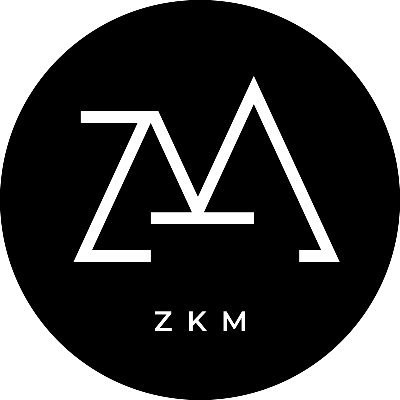zkEVM upgrade narrative zkVM, why are these five core projects worth paying attention to?
Author: 0XNATALIE
In the search for solutions to blockchain scalability and computational efficiency, Zero-Knowledge Proof (ZKP) technology is particularly important. zkVM (Zero-Knowledge Virtual Machine) is one of the concrete applications of this technology. As a ZKP-based general computing platform, zkVM can verify the correctness of computations without revealing execution details. It also supports handling computationally intensive tasks off-chain, submitting only the verification results to the blockchain, significantly enhancing blockchain scalability. Currently, several projects such as a16z, Taiko, and ZKM are developing zkVM solutions.
Introduction to zkVM
zkVM is a general computing platform based on Zero-Knowledge Proofs, capable of executing various computational tasks, including executing smart contracts, data processing, and complex algorithm computations. Its core function is to generate zero-knowledge proofs, which can verify the correctness of computations without disclosing execution details. Through SNARKs technology, these proofs can be verified off-chain, allowing verifiers to avoid re-executing the entire computation process on the blockchain, thus incurring expensive computational costs.
Moreover, the design of zkVM is not limited to cryptocurrency transactions; its versatility allows it to be deployed in various application scenarios, such as medical data processing, supply chain management, and secret voting systems, all of which require verifying the correctness of processing logic while ensuring data security.
zkVM Compared to Other Virtual Machines
Traditional virtual machines (VMs) typically refer to a complete computing environment virtualized on physical hardware, with the core function of simulating hardware environments, allowing multiple operating systems or applications to run on the same physical hardware. These VMs primarily achieve their functionality through hardware virtualization technology and operating system-level isolation. They usually do not involve the process of cryptographic verification of the applications or data running within them.
Zero-Knowledge Virtual Machines (zkVM) use Zero-Knowledge Proof technology to ensure the correctness of program execution, applicable to any program that can be compiled and run on a virtual machine. The design of zkVM focuses on providing a general computing verification platform suitable for various application scenarios and supports multiple programming languages, such as Rust, C/C++, and Go, allowing developers to build applications using languages they are familiar with. The computation and verification processes are often more time-consuming than traditional VMs, because generating zero-knowledge proofs is a computationally intensive process that requires substantial computational resources, which significantly limits transaction processing speed (TPS). Current zk technology has made significant progress in generating individual proofs, but its ability to handle large-scale transactions under high-load conditions remains limited. The generation of each proof may take anywhere from seconds to minutes, posing a limitation for applications requiring high throughput, such as large-scale payment processing systems.
zkEVM is a specific implementation of zkVM, designed for the Ethereum ecosystem, aimed at enhancing Ethereum's scalability through Zero-Knowledge Proofs. It is fully compatible with Ethereum's smart contracts and development tools, such as Solidity and Vyper, allowing existing Ethereum applications to migrate seamlessly to zkEVM without any modifications. Therefore, zkEVM is more like a specific optimized version of Ethereum.
zkVM Related Projects
Despite the challenges posed by zk technology, some projects in the market have demonstrated technical strength in developing zk VM solutions.
Jolt: Outstanding Performance
On April 9, a16z released the zkVM solution Initial Implementation of Jolt, which is a new type of zkVM characterized by its fast execution speed and greater ease of expansion and code auditing for developers.
Unlike other zkVMs based on the STARK framework, Jolt utilizes Lasso lookup parameters and sumcheck-based techniques. This innovative approach not only simplifies the implementation of new virtual machine instructions but also enhances the overall speed of the system. Jolt's design emphasizes usability and efficiency, with a very streamlined codebase, where each CPU instruction in Jolt can be implemented with just 50 lines of Rust code. Additionally, Jolt's performance is impressive, with initial benchmarks showing that the speed of executing zero-knowledge proofs is more than 5 times faster than RISC Zero and 2 times faster than SP1.
RISC Zero: Efficient Handling of Complex Computations
RISC Zero is a zkVM with a recursive SNARK structure, characterized by a recursive method that supports nested proofs. In SNARKs technology, recursion can break down complex proofs into smaller, more manageable proofs. These smaller proofs can be verified independently and ultimately combined into a complete large proof without affecting the validity of the proof. The uniqueness of RISC Zero lies in its method of implementing recursion, seamlessly integrating multiple layers of proofs into a single proof chain, which not only reduces computational load and the amount of data to be processed but also maintains the security and integrity of the verification process across multiple computational steps.
Another unique aspect of RISC Zero is its use of the RISC-V instruction set, which is an open standard ISA (Instruction Set Architecture) designed for scalability and extensibility. This choice ensures that RISC Zero can leverage a wide range of tools and support ecosystems, making it more accessible and easier to integrate into existing systems compared to other zkVMs that may use proprietary or less common architectures.
Last year, they successfully completed a $40 million Series A funding round, led by Blockchain Capital, with participation from other notable investors including Bain Capital Crypto, Galaxy Digital, IOSG Ventures, RockawayX, Maven 11, Fenbushi Capital, and Delphi Digital.

Succinct: Developer-Friendly
Succinct developed zkVM SP1, which is tailored for executing code written in Rust or any other language that can be compiled through LLVM, offering greater flexibility and ease of use. SP1 supports a modular architecture, allowing developers to customize and extend its functionality through "precompiles." Precompiles refer to specific modules that can be added or modified by developers, enhancing the core virtual machine's capabilities to handle specific tasks or computations more efficiently.
Additionally, SP1 has built a decentralized prover network that simplifies the deployment and execution of proofs, thereby lowering the barrier to using advanced cryptographic methods. This network allows developers to efficiently generate proofs with just a click, providing a streamlined approach.
In March, Succinct completed a $55 million funding round, led by Paradigm, with participation from investors including Robot Ventures, Bankless Ventures, Geometry, and angel investors Sreeram Kannan of Eigenlayer and Sandeep Nailwal, co-founder of Polygon. On May 13, Succinct announced the launch of the SP1 testnet.

Taiko: Multi-Proof System
Taiko has begun transitioning from using zkEVM to zkVM, with its uniqueness lying in its application of a multi-proof system. The multi-proof concept was proposed by Vitalik here, and Taiko claims to be the first project to implement this concept, which will directly support this multi-proof system when it launches on the mainnet at the end of May. This system allows Taiko's zkVM to generate multiple types of proofs, thereby enhancing the security and robustness of the system. Even if one type of proof encounters issues, other types of proofs can continue to ensure the normal operation of the system and promptly detect any erroneous state transitions. Additionally, the Halo2-KZG proof system is employed to maintain efficiency and low costs when handling complex computations and large-scale transactions.
In March, Taiko completed a $15 million Series A funding round, co-led by Lightspeed Faction, Hashed, Generative Ventures, and Token Bay Capital, with participation from Wintermute Ventures, Flow Traders, Amber Group, OKX Ventures, and GSR.

ZKM: Simple and Stable MIPS Architecture
ZKM is a zkVM project incubated by the Metis Foundation, utilizing the MIPS architecture and combining it with Zero-Knowledge Proof technology to create a zk virtual machine. This design aligns ZKP more closely with the internal computational processing of the system, accelerating operation speed and reducing the computational overhead associated with implementing ZKP protocols separately. Currently, most zkVMs use Rust, while ZKM provides native support for Golang.
MIPS (Microprocessor without Interlocked Pipeline Stages) is the first generation of reduced instruction set computer architecture. The MIPS instruction set is relatively simple and stable, making it widely applicable to various computing devices and embedded systems, with good versatility and adaptability. The ZKM system based on the MIPS architecture can be developed and deployed more easily.
zk MIPS divides the entire MIPS program into multiple segments. Each segment's instructions are further divided into four types and categorized into corresponding four module tables. zk MIPS uses the STARK proof method to independently verify the instructions in each module table, ensuring that each operation in the table is correct and that every instruction in the program segment is included in its corresponding module table. It then verifies that the execution sequence of each program segment matches the execution of the entire program. In this way, even programs executed off-chain can be verified on-chain, enhancing the transparency and trustworthiness of program execution.
ZKM recently launched a new trust-minimized multi-chain interoperability infrastructure called Entangled Rollups, utilizing zkMIPS to build a trustless, decentralized multi-chain interoperability framework. Unlike third-party zk bridges that only verify asset transfers through snapshots, all computations can be verified, making it very secure. The key to this interoperability lies in a universal proof mechanism that can generate proofs on one blockchain and then verify them on another. One of the differences between ZKM and other zkVMs is that it can generate a single zero-knowledge proof applicable to all operations. ZKM embeds security into the underlying CPU/MIPS architecture, allowing all software built on this architecture to enjoy the same level of security without requiring each software to undergo a separate zero-knowledge proof process.
Additionally, ZKM features:
- Compatibility with all virtual machines: ZK M is positioned beneath each virtual machine, making it compatible with various blockchain smart contract engines like Move VM (zk M VM), WASM (zk WASM), and Rust VM (zk R VM).
- Plug-and-play: Developers can adopt ZKM without changing their existing codebase. It provides low-cost adoption and allows the use of different smart contract languages or even traditional programming languages.
- Long-term stability: The stability of the MIPS instruction set means it does not need to change with the constantly evolving EVM, providing a more stable environment for development.

Future Prospects of zkVM
As blockchain technology continues to mature and leading companies explore further, the performance of zkVM is constantly improving. We can foresee that zkVM will play an increasingly important role in the crypto world, becoming a part of critical technology. Especially in the current context of increasing data sensitivity and the demand for cross-chain security, the capabilities offered by zkVM align with market needs. We look forward to overcoming various technical challenges, such as circuit optimization and optimization of the proof systems themselves, to launch a zkVM perfectly suited for various programming languages, bringing more developers into the new era of Web3.














